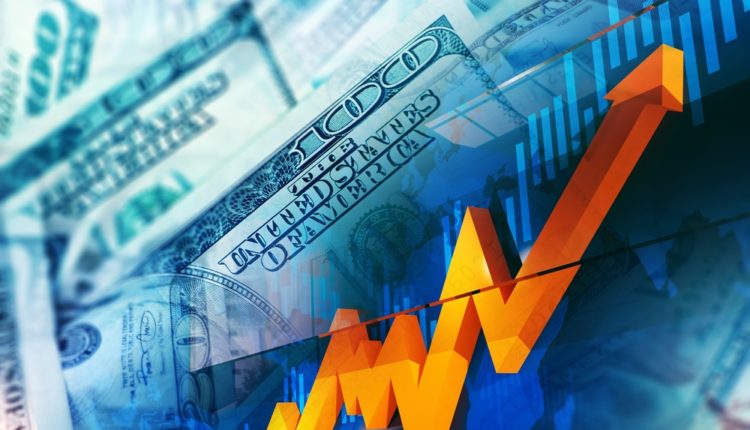The U.S. dollar is set for a significant downturn, marking its weakest performance in a year. Explore the dollar crash implications for global economies and the Federal Reserve’s potential rate-cutting move.
The decline of the U.S. sell dollars, as measured by the U.S. dollar index, is gaining momentum, experiencing its most substantial monthly drop in a year. The significance of this descent lies in the growing conviction within financial markets that the Federal Reserve has successfully subdued inflation and is poised to initiate a series of short-term rate cuts in 2024. As of November 28, the 3.6% dollar crash showcased its sharpest monthly slide since November of the preceding year.
The Global Impact
This development carries multifaceted implications for various stakeholders in the global economic landscape. Notably, the U.S. dollar is on track for a 3.7% loss this month against a basket of six major currencies, marking its most considerable monthly depreciation in a year. While this might be advantageous for nations heavily reliant on commodity imports traded in dollars, it introduces potential challenges for American businesses and consumers who could encounter increased costs for imported goods.
Dollar Crash: A Shifting Trajectory
The trajectory of the U.S. Dollar Index provides a compelling narrative. Between mid-July and early October, the index surged by over 7%, driven by optimistic economic data from the United States, fostering expectations that the Federal Reserve would maintain high interest rates. Historically, higher interest rates attract more capital into the country, enhancing the value of its currency. However, recent indications of a decelerating U.S. economy have shifted investor sentiment towards the belief that the Fed has concluded its rate-hiking phase, signalling an impending shift towards rate cuts.
Market Analysts’ Projections
Market analysts foresee continued weakness in the U.S. dollar for at least the next two quarters, particularly if there is clear evidence supporting the Fed’s inclination to reduce interest rates. While this may bode well for certain countries reliant on commodity imports, it could pose challenges for American businesses selling into the domestic market, as the cost of imports rises.
Dollar Crash: Geopolitical Dynamics
The ramifications extend beyond the economic sphere, influencing the geopolitical landscape. As the U.S. dollar weakens, it can potentially signal better investment opportunities outside the United States. However, analysts anticipate a nuanced scenario, suggesting that while the US dollar may continue its decline in the first half of the coming year, it could reverse course later on, driven by geopolitical risks, such as uncertainties surrounding elections in various countries.
W & L: Best Dollar Exchange Rate
In essence, the weakening U.S. dollar presents a complex interplay of winners and losers on the global economic stage. For countries heavily dependent on commodity imports, a devalued dollar could lead to reduced costs for essential goods. Conversely, American consumers may face increased prices for imported items, contributing to a potential uptick in inflation.
Emerging Markets and Global Landscape
The significance of the U.S. dollar’s value extends to emerging markets, where several economies carry debts denominated in the dollar buyback rate. A weaker dollar can alleviate the burden of servicing these debts, providing some relief to these nations. However, the overall impact on the global economic landscape remains intricate, influenced by a myriad of factors.
Observing the Unfolding Dynamics
As the world observes the U.S. dollar crash, the implications for international trade, inflation rates, and economic competitiveness continue to unfold. The evolving dynamics of the dollar will undoubtedly shape the strategies of central banks, businesses, and policymakers worldwide, creating a nuanced landscape that demands careful observation and analysis.















